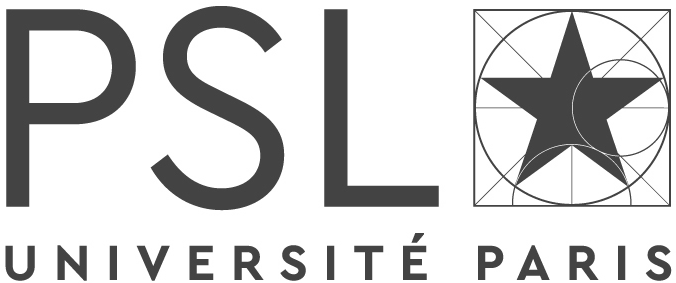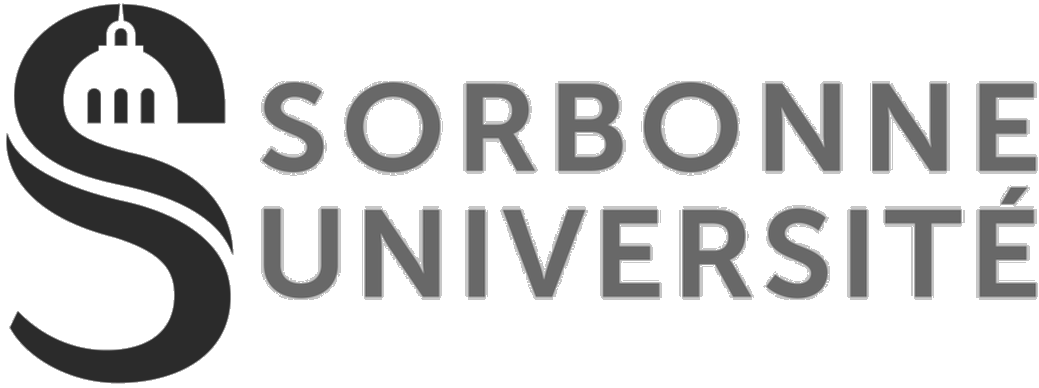Welcome on the news page of the Doctoral School ED564 : «Physique en Île-de-France»




Training
Transport dans la cellule
2026-01-26
Deadline Monday, January 26 2026 at MidnightTransport dans la cellule, Collège de France
Contact: Jean-François JoannyCEMRACS 2025 sur l’informatique quantique pour le calcul scientifique et la cryptographie
2025-07-15
Deadline Tuesday, April 15 2025 at MidnightYou are a young scientific researcher in mathematics, physics, or computer science. You want to discover quantum computing or deepen your knowledge in this booming field. You are available from July 15 to August 22, 2025, for a collaborative research experience in a privileged environment. Apply to participate in CEMRACS 2025 on Quantum Computing for Scientific Computing and Cryptography. If you are selected, your full-board accommodation at CIRM (Luminy) will be covered by the sponsor of the project you will be working on. You will be able to acquire theoretical and applied knowledge, meet with specialists in the field, and submit a proceeding at the end of CEMRACS. Contact us for more information: cemracs25@smai.emath.fr Apply before April 15 on the event website: https://cemracs2025.math.cnrs.fr/en/
Upcoming thesis defenses
Events
Réunion de rentrée, salle Jaurès, rue d’Ulm
2025-11-18La réunion se tiendra à la salle Jaurès, au 29 rue d’Ulm, à partir de 17h. La réunion de rentrée permet d’accueillir les nouveaux doctorants de l’EDPIF . Il s’agit de présenter le fonctionnement de l’ED, en particulier en ce qui concerne le suivi et la formation. Des intervenants extérieurs, anciens doctorants de l’ED, viennent également présenter leur expérience et leur parcours professionnel.
Call for projects and applications
- Contrats doctoraux QuantEdu 2025 pour l’UPSaclay 2025-04-07
Deadline Friday, April 11 2025 at 13:00:00Aussi pour l’année 2025, QuanTEdu France pourra financer des contrats doctoraux EDPIF-PSaclay sur des sujets d’intérêt pour les sciences et technologies quantiques. A Paris-Saclay, ces contrats seront attribués en même temps que ceux du concours de l’ED. La procédure est donc la suivante: soumettre son sujet sur ADUM en sélectionnant la source de financement "Programme doctoral quantique". Ainsi, si vous soumettez un sujet au concours et à QuantEdu, vous devez sélectionner (au moins) 2 sources de financement pour que votre sujet soit pris en compte pour ces 2 programmes : "Contrats ED : Programme blanc GS-Physique" et "Programme doctoral ’Quantique’".
- INSP (ex-ENA) SM concours d’entrée réservé aux titulaires d’un diplôme de doctorat 2023-02-02
Un concours externe spécial d’entrée à l’INSP (ENA) sera ouvert en 2023, réservé aux titulaires d’un doctorat pour l’accès aux emplois de la haute fonction publique (administrateur de l’Etat, par exemple au ministère de la transition écologique ou de l’enseignement supérieur et de la recherche, en juridiction administrative ou financière, inspection générale, préfectorale, carrière diplomatique, etc.). Trois épreuves sont au programme: une note sur dossier, un entretien, un oral d’anglais. Une préparation à distance et sans frais est envisagée, assurée comme chaque année par un membre de l’association des anciens élèves de l’ENA/INSP. Pour toute demande d’inscription à la préparation, s’adresser pour le concours docteurs INSP directement à prepa.insp@mail.com ou, pour les autres concours INSP, à l’université de Strasbourg marcsimon@unistra.fr, directeur de la classe préparatoire de sciences-po aux concours de la haute fonction publique. Le nombre de places étant limité, les demandes d’inscription à la préparation seront traitées par ordre de réception.
News briefs
Recent job offers
- 2025-11-6th – Paris Center - AI/Biophysics Job in cutting-edge Start-up (A51) Contact : A51
